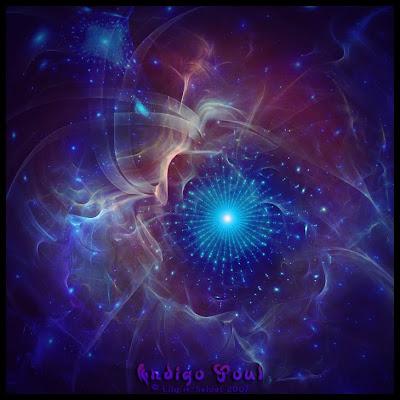The Dark Side Of The Moon
Tonight I'm going to journey to a distant place and time,
where sorrow and teardrops are unknown
and heartbreak's left behind,
where there's no pain nor any gloom -
the far side of the moon.
-- Joyce P. Hale, Far Side of the Moon
WHAT WE CANNOT see, often, we fear… or at least consider with suspicion. This is perhaps because it’s unknown, and people tend to be frightened of the unknown. Ghosts, for example. The far side of the Moon might be another example. Because we cannot see it, the far side of the Moon is for many a place of dark mystery. Why can we never see it? What’s there? Rumors in certain circles speculate that it’s the perfect place for an alien base.
Rumors aren’t reality, of course, so is there any information to back up these claims?
Why we can’t see it ?
When we look up at the Moon, we always see the same side. This peculiarity results because the Moon rotates just once for every orbit it makes around the Earth. The Moon is slightly lopsided, so over millions of years, gravitational forces have slowed its rotation so that the one side always faces our planet.
The side facing away from us often used to be referred to as “the dark side of the Moon,” which is erroneous since, on average, the side we don’t see receives just as much sunlight as the side we do see.
For many hundreds of years, humankind wondered what the far side of the Moon was like. Was it similar to the familiar near side? Was it different? What secrets did it hold? The mystery began to be revealed in 1959 when the Soviet Union’s Luna 3 spacecraft flew to the far side of the Moon and photographed it for the first time. These first photographs were crude and grainy, but seemed to show a land as bleak and lifeless as the near side.
Subsequent space probes, such as the Lunar Orbiter 4, succeeded in photographing the surface of the far side in much greater detail in 1967. Then in 1968, astronauts aboard Apollo 8, which circled the Moon in preparation for the Apollo 11 landing, saw the far side of the Moon with human eyes for the first time.
Today, we have detailed photo maps of the far side, as well as topographic maps calling out its main features. So the far side of the Moon is not as mysterious as it once was. Yet the stories persist that there are still many secrets there – stories fueled in part by the fact that since Apollo 17 in 1972, we have not returned to the Moon with a manned mission. The conspiracy minded suspect that there’s a reason for that: the aliens don’t want us there.
Alien bases
It has long been a theory of some UFOlogists that the far side of the Moon could harbor a base for extraterrestrials. Presuming they come from a distant planet in some other solar system, they must have a base from which they can make their regular visits to the Earth. What better place than the far side of the Moon, which is perpetually hidden from sight?
To bolster this claim, authors at such websites as Alien Presence on the Moon, site the words of Milton William Cooper, allegedly a former intelligence officer with the US Navy. In a 1989 press release from Cooper (again allegedly), he swears under oath that he was privy to information that the US government has knowledge of alien craft visiting Earth. “LUNA is the alien base on the far side of the Moon,” the release states. “It was seen and filmed by the Apollo Astronauts. A base, a mining operation using very large machines, and the very large alien craft described in sighting reports as MOTHER SHIPS exist there.”
Also known as William or Bill Cooper, he wrote about his theories in such booklets as The Secret Government: The Origin, Identity and Purpose of MJ-12 and his 1991 book Behold A Pale Horse. Cooper was killed by officers of the Apache County Sheriff's Office in 2001 during a raid on his Arizona house for tax evasion. (Cooper opened fire first.)
Is there better evidence?
How many time have you used that phrase, "dark side of the moon?" Maybe not many. Other than as the title of a very popular Pink Floyd CD, I don't believe the saying is used much anymore.
Dark side is a bit of a misnomer, but there are two ways of looking at it. At times, some people have been of the belief that one side of the moon was always dark, hence the phrase "dark side of the moon." As NASA astrophysicist, Dr. Steve Bloom, says, "the side that we are familiar with is dark just as frequently. A better term might be "far side of the Moon."The orbit of the Moon is such that one rotation is just about as long as one revolution in its orbit around the Earth. Because of this, one side is facing us during its orbit." So, if you think of dark as meaning unknown, then yes, for centuries the far side was "dark" to us.
Of course, there is also a dark side literally. However, unlike what some may have believed in the past, it's not the same side all the time. "During a 'new moon', the moon is between the Earth and the Sun, and so the side we know is totally dark" says Dr. Bloom. "When the moon is opposite from the Sun, the side we know will be totally bright, and the far side will be dark."
However you look at it, the far side of the moon hasn't been as mysterious since the first images were sent back by the USSR's Luna 3 mission in 1959.



Comments
Post a Comment